Use these tactics
Let’s explore these tactics with an example: Pip’s Cafe
The cafe owners want to check in with their team and improve their approach to team satisfaction. See below how Pip’s Cafe uses these tactics to solve their problem.
1
Use Progress Check to review your team’s goals
Use Progress Check to review your team’s goals
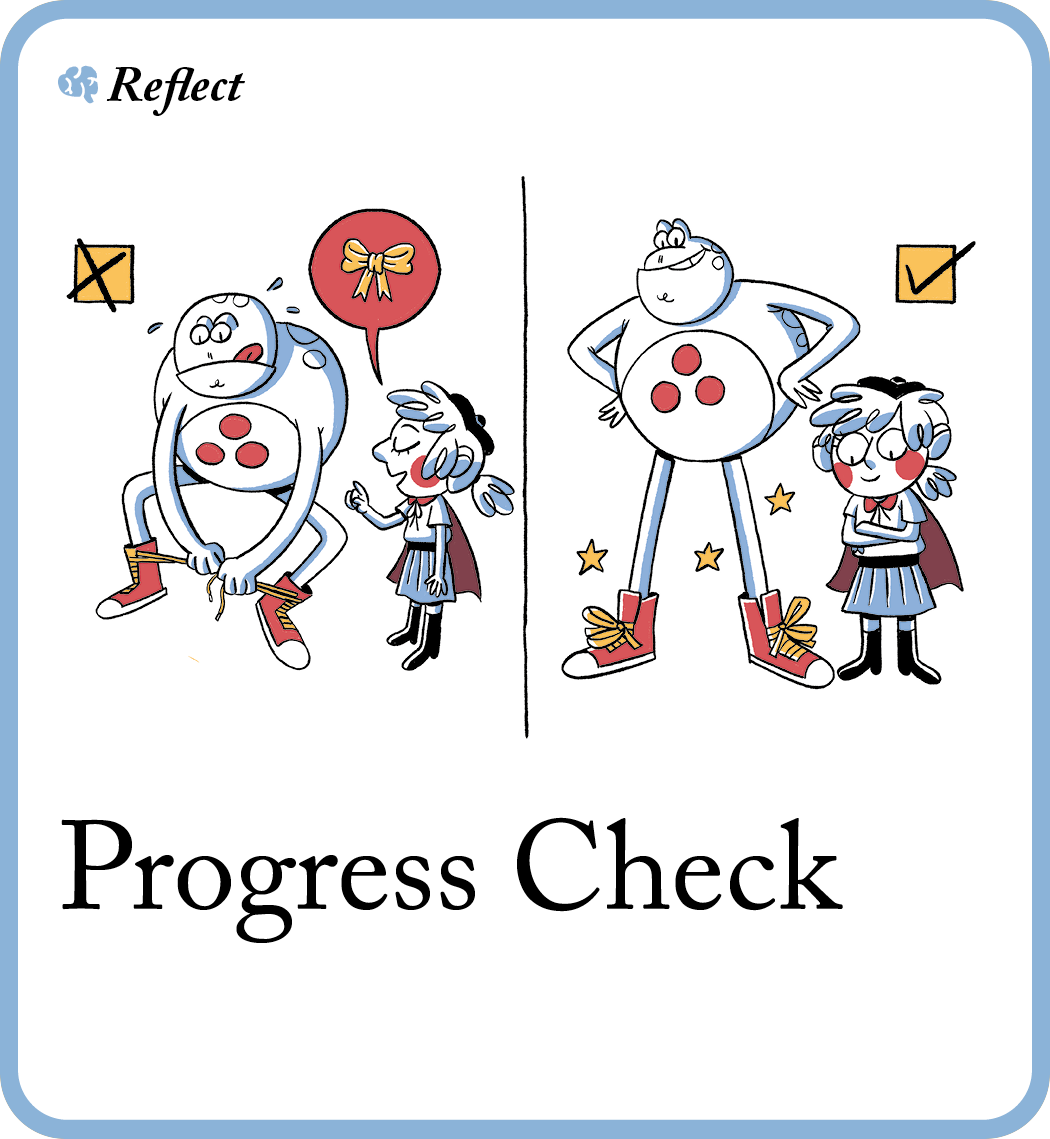
👤 Who is needed? Just you
⏱️ How long is needed? 20 minutes per goal
🧠 What’s the goal? Review your progress to stay motivated when you’re doing well and make changes when you’re behind.
👀 Why is this important? Progress towards goals is rarely linear, but it’s important to keep an eye on how you’re doing. This card helps you figure out whether you need to attack a goal harder, remove obstacles, pivot or simply keep going. Make it part of your monthly routine.
💡 Tip: “Success is often just a matter of hanging on after others have let go.” – Tim Ferriss
Instructions
- Clarify any key performance indicators (KPIs) or milestones related to a major goal of yours. These will serve as your yardsticks for progress. Keep it simple – no more than five KPIs.

- Rate your progress on five-step scale for each KPI or milestone:
- Reflect with these questions:
- Are you consistently meeting or exceeding your KPIs?
- If not, are there any obstacles or challenges that hindered your progress?
- Are you investing enough time and effort to achieve your goal?
- Do external factors or changes in your priorities warrant reconsidering your goal?
For example, Pip’s Cafe owners may identify that they haven’t offered a wide enough range of training for there to be options for each employee.
- Based on your reflections, you have a few choices:
- Continue what you’re doing.
- Invest extra time or effort.
- Remove obstacles or ask for support.
- Redefine your goal and adjust plans accordingly.
For example, Pip’s Cafe owners may choose to allow their employees to find training they want themselves, or to partner with an external training company to ensure there’s a wide variety of options available at all times.
⬇️ Use the ideas, challenges and solutions you have identified here to help you identify if you’re communicating effectively with the people you work with, in the next tactic: Communication Canvas.
2
Use Communication Canvas to define how you share information
Use Communication Canvas to define how you share information

👥 Who is needed? Yourself and your team
⏱️ How long is needed? 1–2 hours
🧠 What’s the goal? Align with your team on communication tools, expectations and boundaries, so you can keep work flowing without losing focus.
👀 Why is this important? Tired of endless email chains or ill-timed interruptions? When your internal comms sound like a brass band in a blender, this tactic helps you calm the chaos. Use it when forming new teams or starting new projects.
💡 Tip: this is a simple template to get you started. If there are other things you want to capture, play with it!
Instructions
-
- Gather your team and a large paper or digital workspace for your Communication Canvas.
- Divide the canvas into the following sections and fill them in together:
Communication Tools – what tools will be used for what purpose?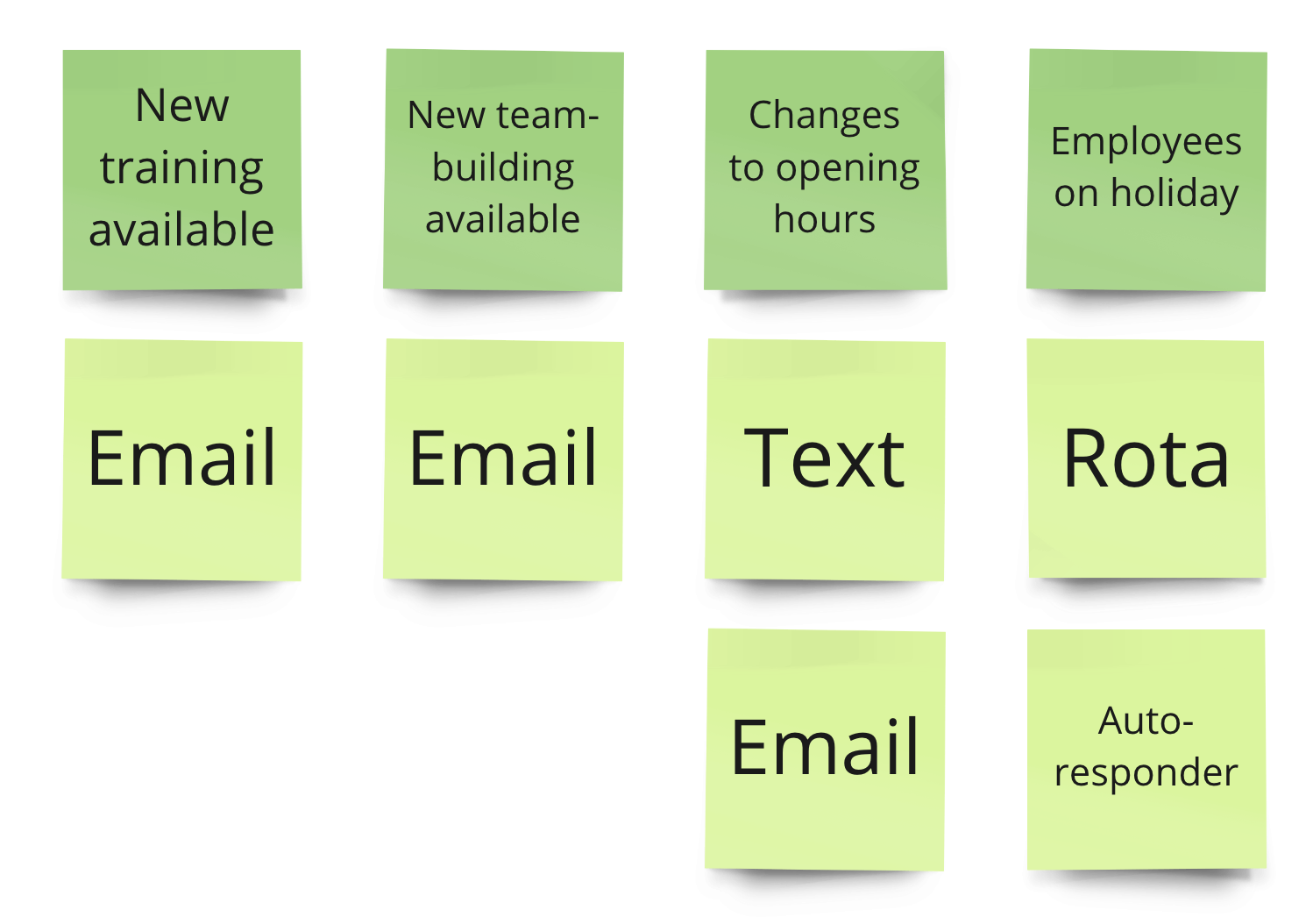
Async vs Sync – which types of communication should be asynchronous (not real-time or instant) or synchronous (real-time)?
Information Flow – who needs to be informed about what, and when?
Key Decision Dates – when will important decisions be made?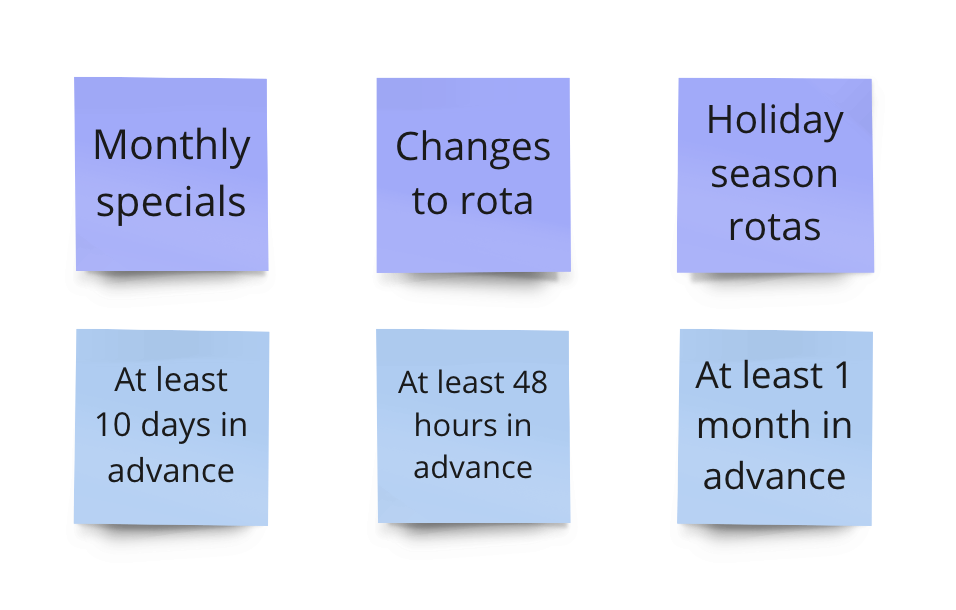
Don’ts – what are the communication boundaries or no-gos?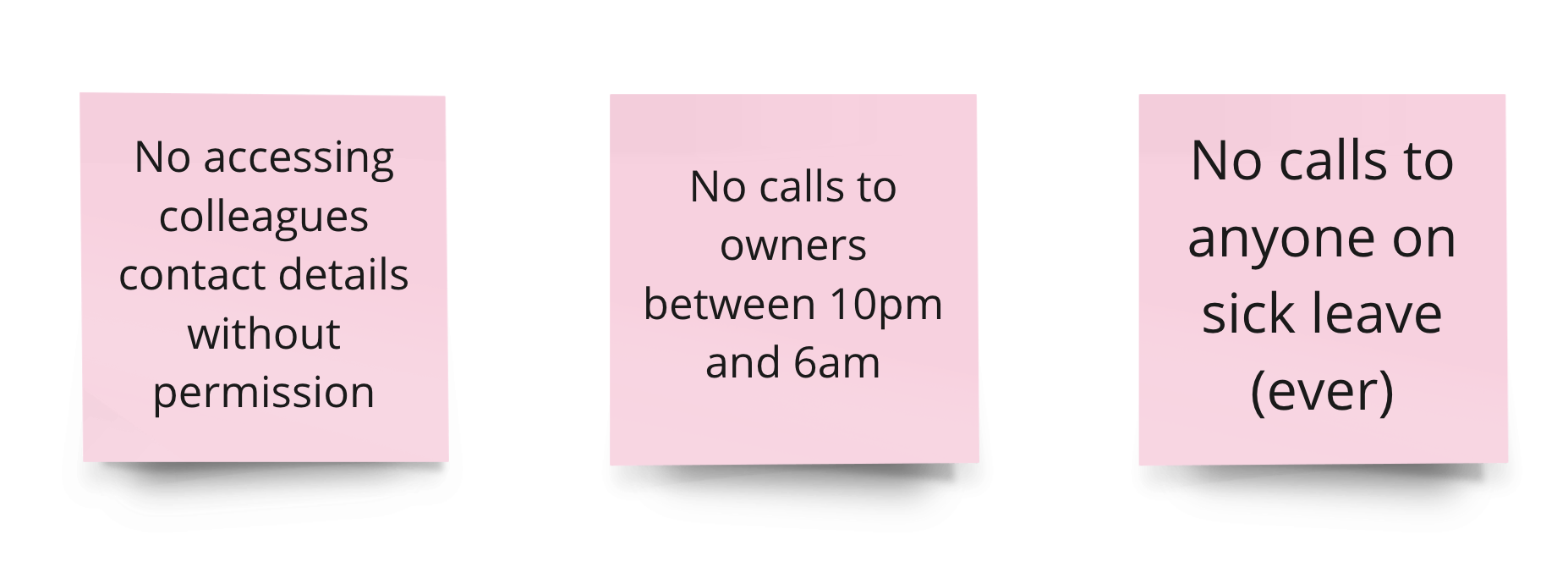
- Once your Communication Canvas is complete, make it accessible to everyone on the team. Review and update it regularly, and use it as a reference point for effective communication throughout a project.
⬇️ In the next tactic, use the information you’ve collected about how and when you all communicate with each other to create downtime to relax and be creative in between those communications, with Time Oasis.
3
Use Time Oasis to make time for creativity.
Use Time Oasis to make time for creativity.
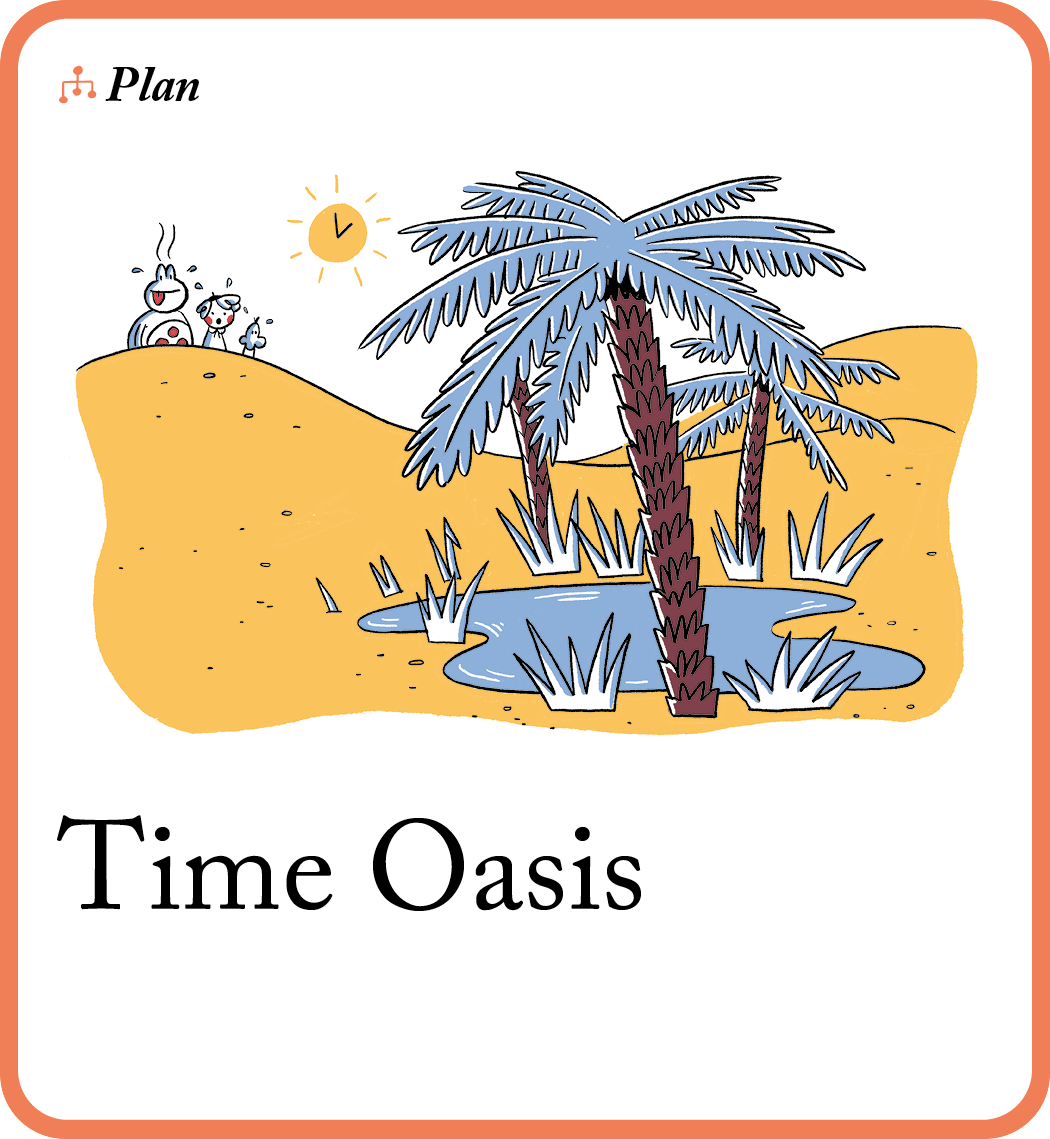
👥 Who is needed? Yourself and your team
🧠 What’s the goal? Carve out ‘slack time’ in your work week to ignite new ideas and keep burnout at bay.
👀 Why is this important? Innovation tends to happen when there’s dedicated time for exploration, tinkering and conversations outside your usual team. Use this tactic when you sense that you or your team could benefit from some room to experiment and connect.
💡 Tip: “Nothing fires up the brain like play.” – Stuart Brown
Instructions
- Using a pen and paper, sketch out the structure of typical work week. Then, find any precious pockets of unused time and mark them with a colour, symbol or pattern.
- Choose a chunk of your week to designate as your oasis. 10–20% of overall time is a good amount to aim for.
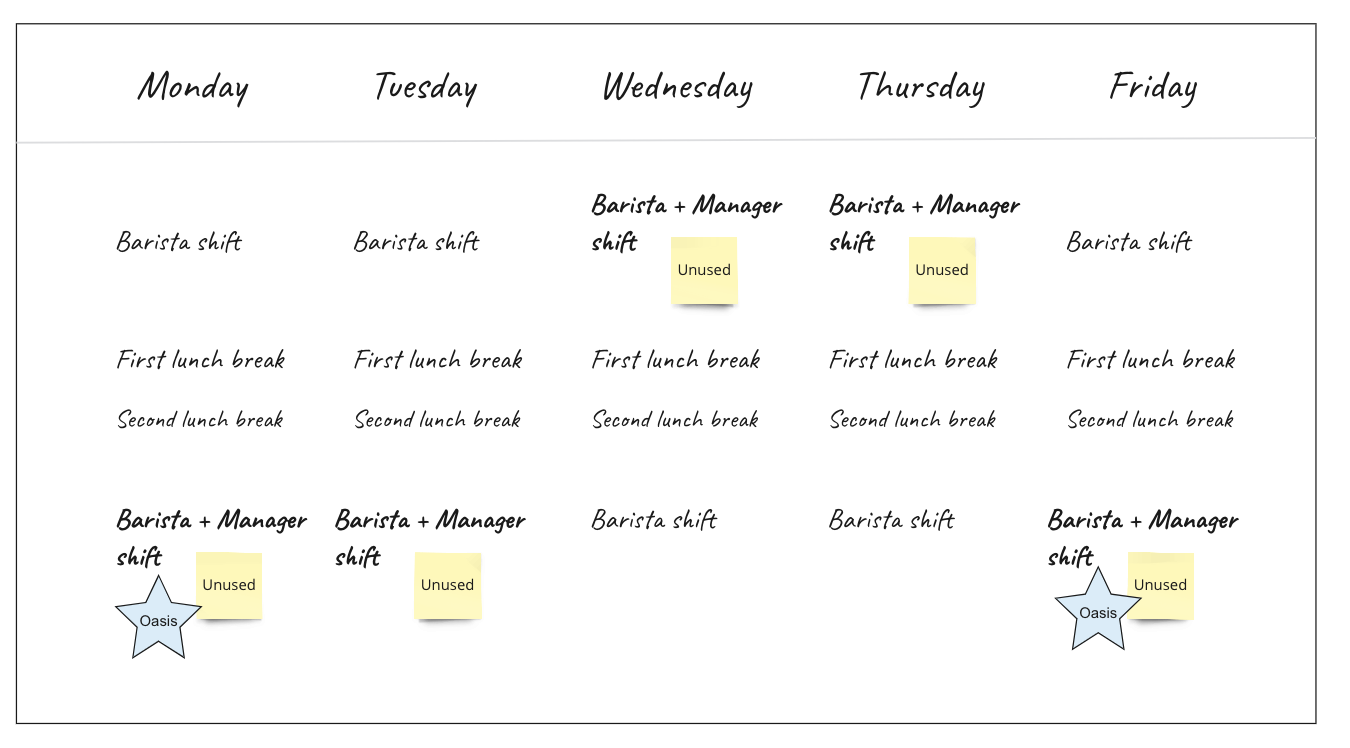
- Create a list of activities, interests or conversations you’d like to dive into during your slack time. This ‘slacktivity’ list is your playground, so let it be as free-spirited and varied as you like. It could include anything from learning a new skill to connecting with a colleague from another department, or a chance for some daydreaming time time.
- Embrace this time as essential for personal and professional growth. Welcome new ideas and connections, and share any interesting experiments or discoveries with your coworkers or community.

⭐️ Now that you have finished all the tactics, apply your learning about your team and set your teams’ Time Oasis time into action!
What ways can I use this recipe?
- The complete loop: this means short, separate sessions for each of the three tactics sequentially over an extended period of days, or even weeks.
- Full-day experience: do it all in one go! Spend the day diving deep and use all three tactics, with lots of breaks in-between.
Some tips
- Practise daily mindfulness and relaxation techniques. Incorporate mindfulness practices such as deep breathing, meditation, or gentle physical exercises like yoga to calm your mind, reduce stress and enhance your ability to handle overwhelming situations with a clearer perspective.
- Seek support and delegate. Don’t hesitate to reach out to friends, family or colleagues for support, and delegate tasks when possible to lighten your workload, ensuring you also set aside time for adequate rest and activities that bring you joy.
What next?
Congratulations! You have completed a round of How to tune-up your team! You have reviewed your progress, defined how your team will share information and made set time in your team’s calendar for creativity and daydreaming.

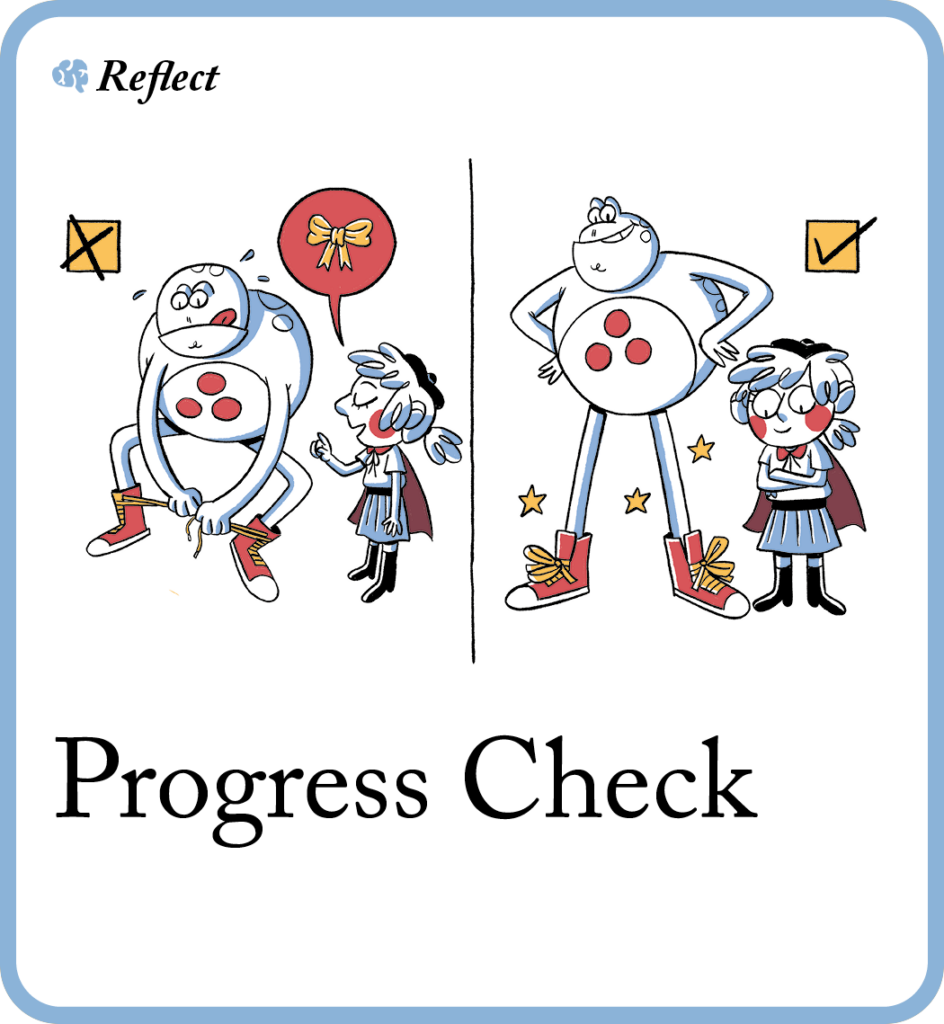
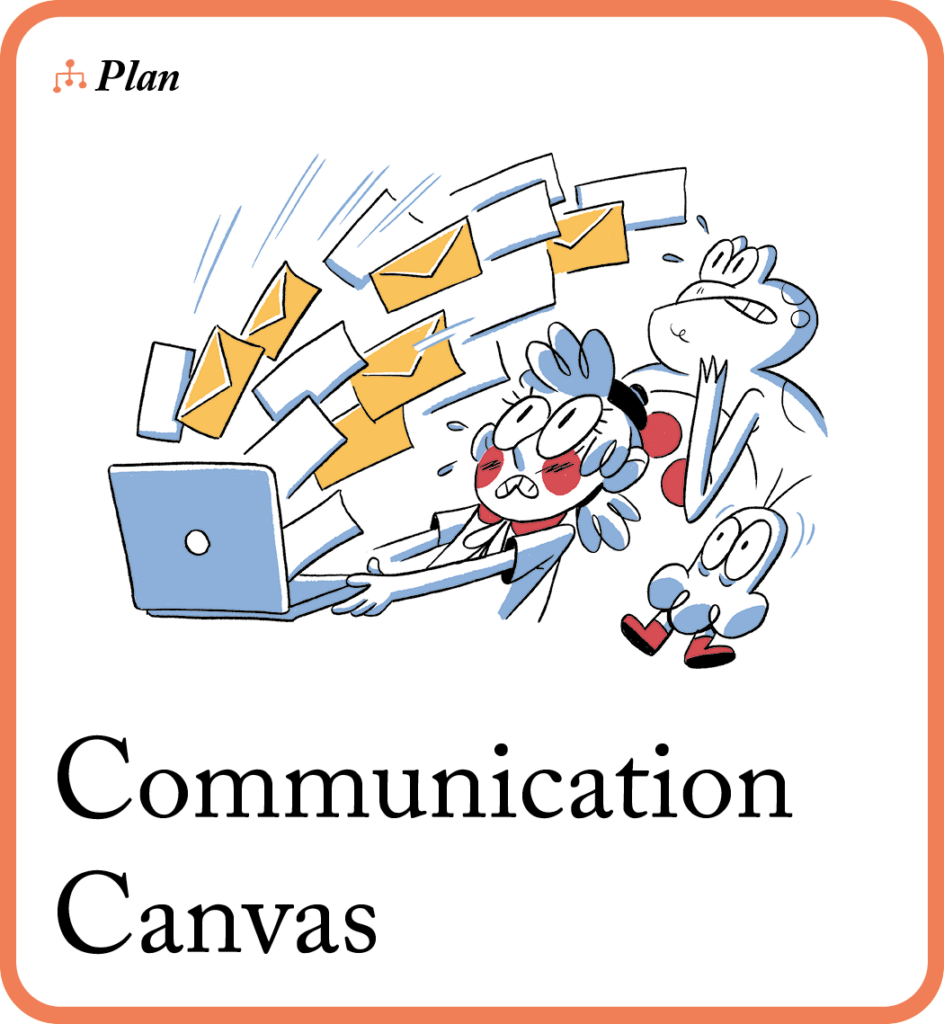
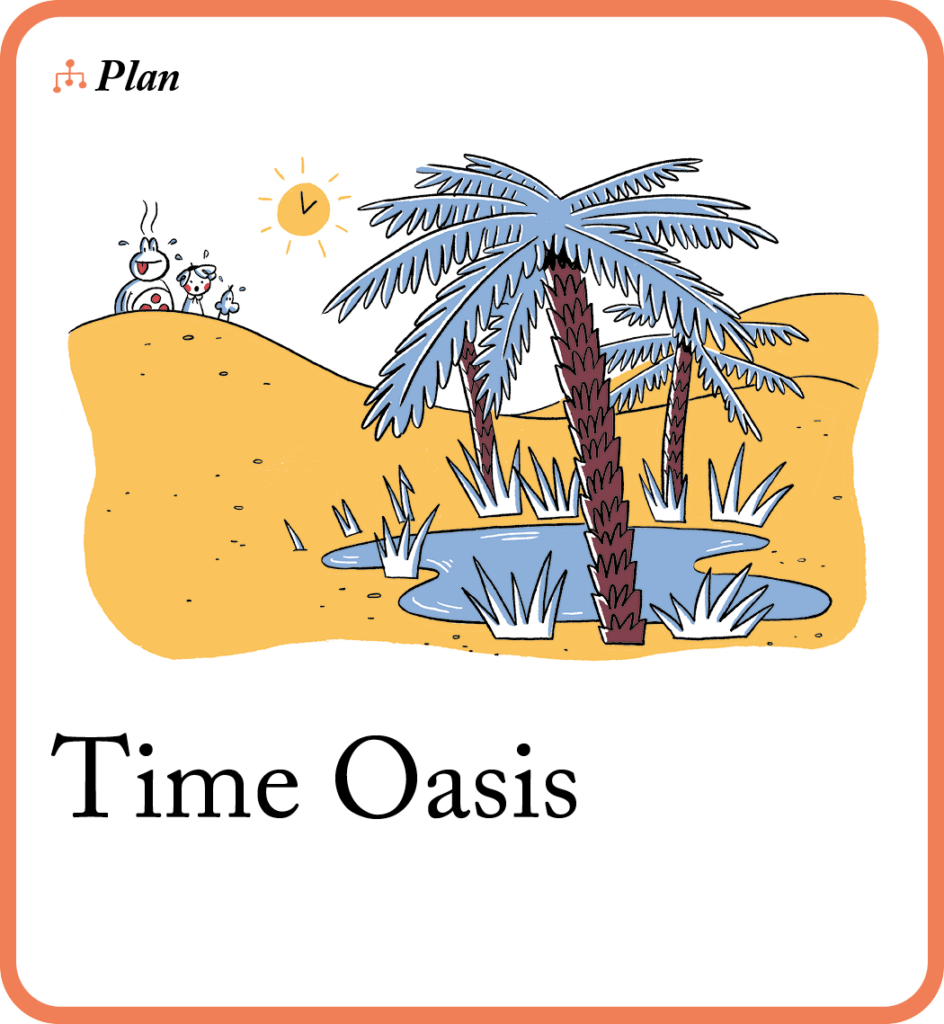

What does rota stand for?
Hi Theo, a rota is a schedule that shows when people are working. I think it’s quite a British term – you may know it as a roster or simply a timetable.